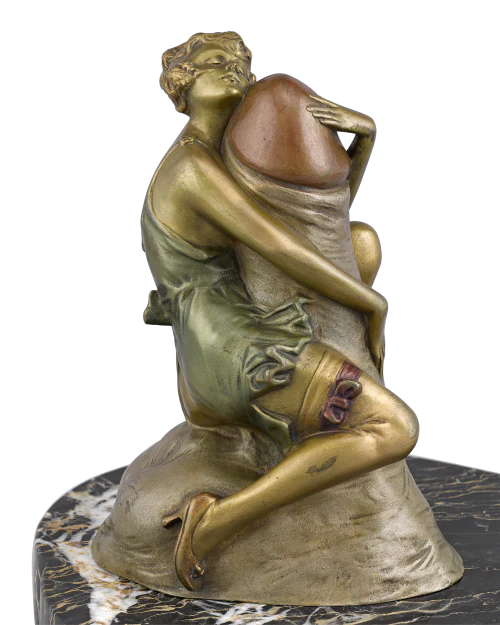Introduction
In the annals of human history, the evolution of sensual art in Western civilization stands as a testament to the intricacies of cultural expression, societal values, and artistic innovation.
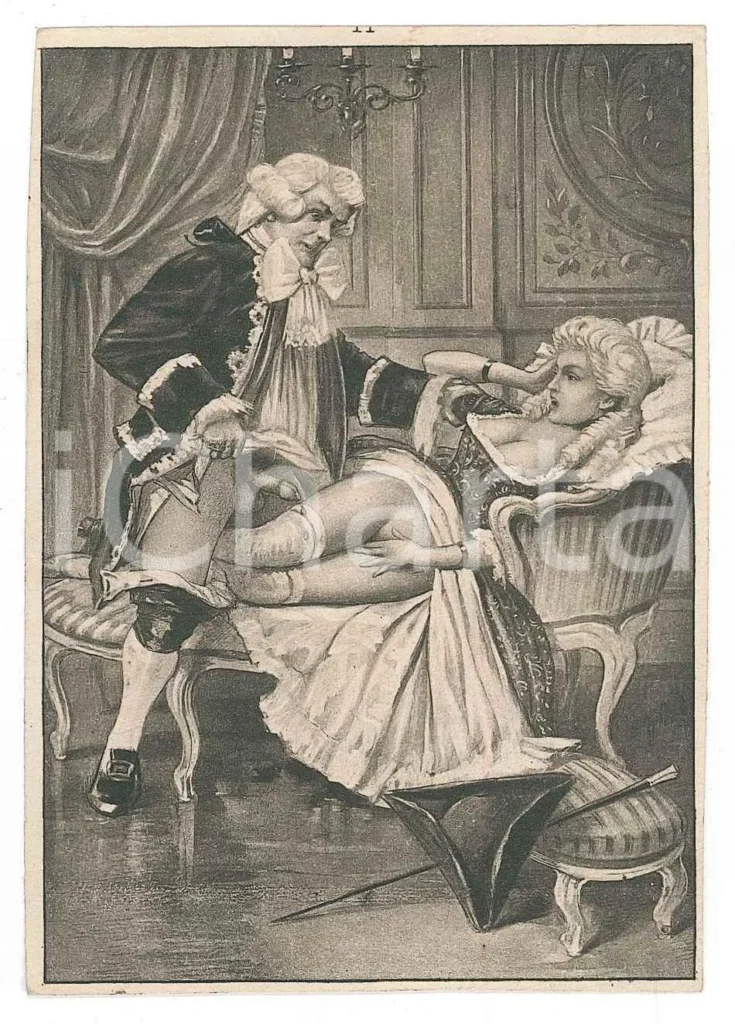
From the majestic frescoes adorning the walls of ancient Pompeii to the provocative masterpieces of the Renaissance, the journey of sensual art is a captivating exploration of human sensuality, desire, and creativity.
Ancient Roots: Sensuality in Greco-Roman Art
The origins of sensual art in Western civilization can be traced back to the ancient cultures of Greece and Rome. In the Greco-Roman world, the human form was revered as the epitome of beauty and perfection.
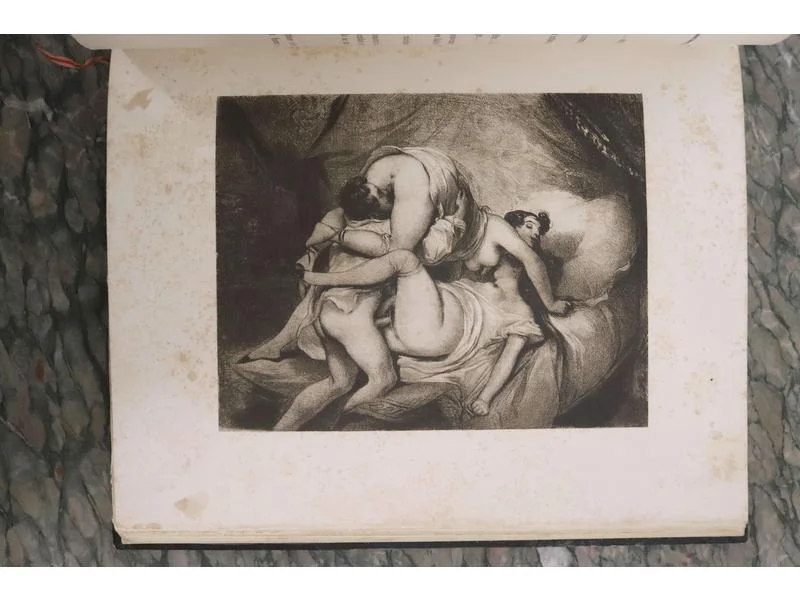
Sculptures such as the Venus de Milo and the Laocoön and His Sons exemplify the Greeks’ meticulous attention to anatomical detail and their celebration of physical beauty.
Medieval Repression and Resurgence
With the rise of Christianity in the medieval period, sensual art faced a period of repression and censorship. The portrayal of nudity and eroticism was often condemned as sinful and blasphemous, leading to a decline in overtly sensual artworks.
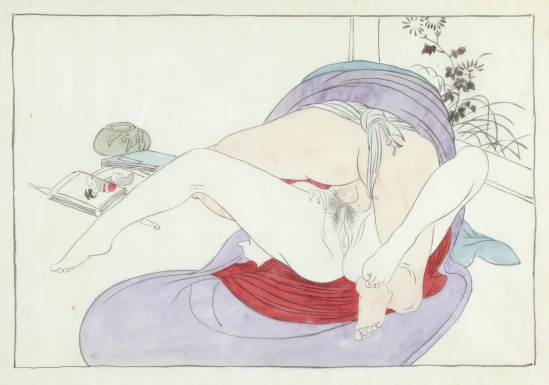
However, despite the prevailing moralistic attitudes, traces of sensuality persisted in religious art, albeit in more subdued and allegorical forms.
Renaissance Rediscovery: The Triumph of Sensuality
The Renaissance heralded a rebirth of sensual art, marked by a renewed interest in humanism, classical antiquity, and the celebration of earthly pleasures.
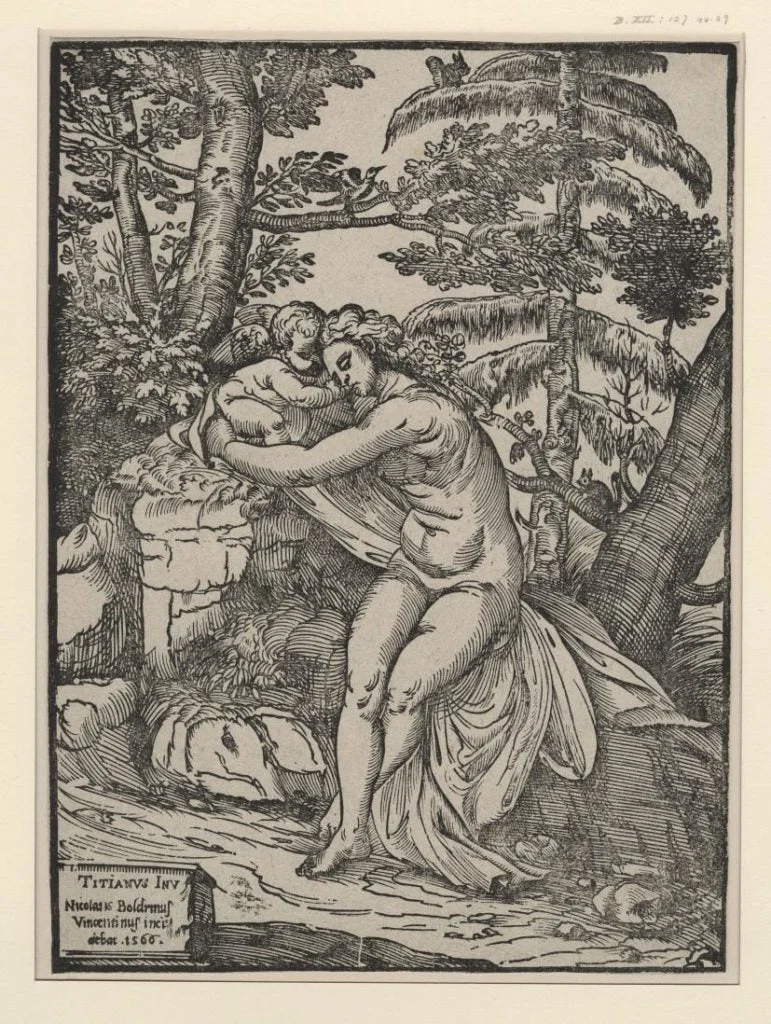
Artists such as Leonardo da Vinci, Michelangelo, and Titian embraced the human body as a divine canvas, infusing their works with an unprecedented level of sensuality and eroticism.
Baroque Splendor: Sensuality in Excess
The Baroque era witnessed a flourishing of sensual art, characterized by its opulence, drama, and theatricality.
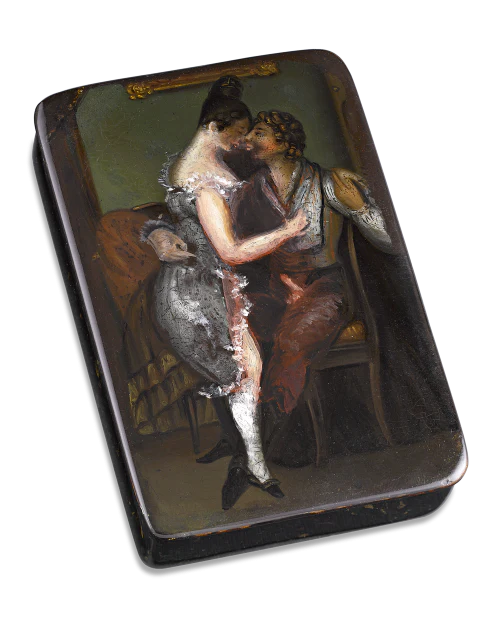
Artists like Caravaggio and Rubens reveled in the depiction of voluptuous figures, sumptuous fabrics, and sensual textures, creating artworks that pulsated with raw emotion and sensuality.
Enlightenment Rationalism and Romanticism
The Enlightenment ushered in an era of rationalism and intellectual inquiry, challenging traditional notions of sensuality and eroticism. Artists such as Jacques-Louis David and Francisco Goya embraced neoclassical ideals, favoring moralistic themes and heroic narratives over overt sensuality.
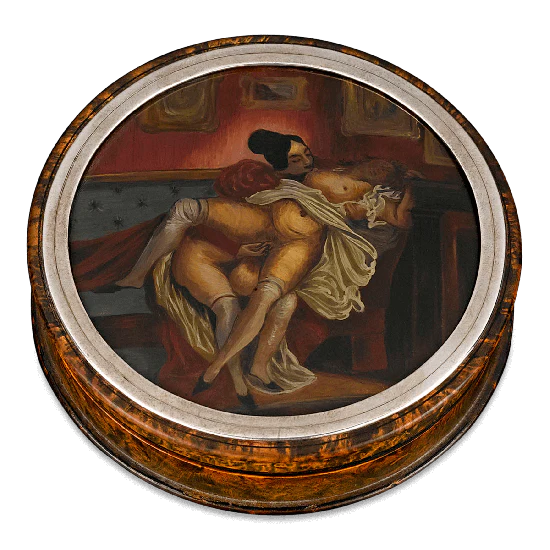
However, the Romantic movement that followed sought to reclaim the power of emotion and imagination, leading to a resurgence of sensual art in the works of Delacroix and Géricault.
Modern Perspectives: From Shock to Subversion
In the modern era, sensual art has taken on myriad forms, from the avant-garde experiments of the Surrealists to the provocative installations of contemporary artists.
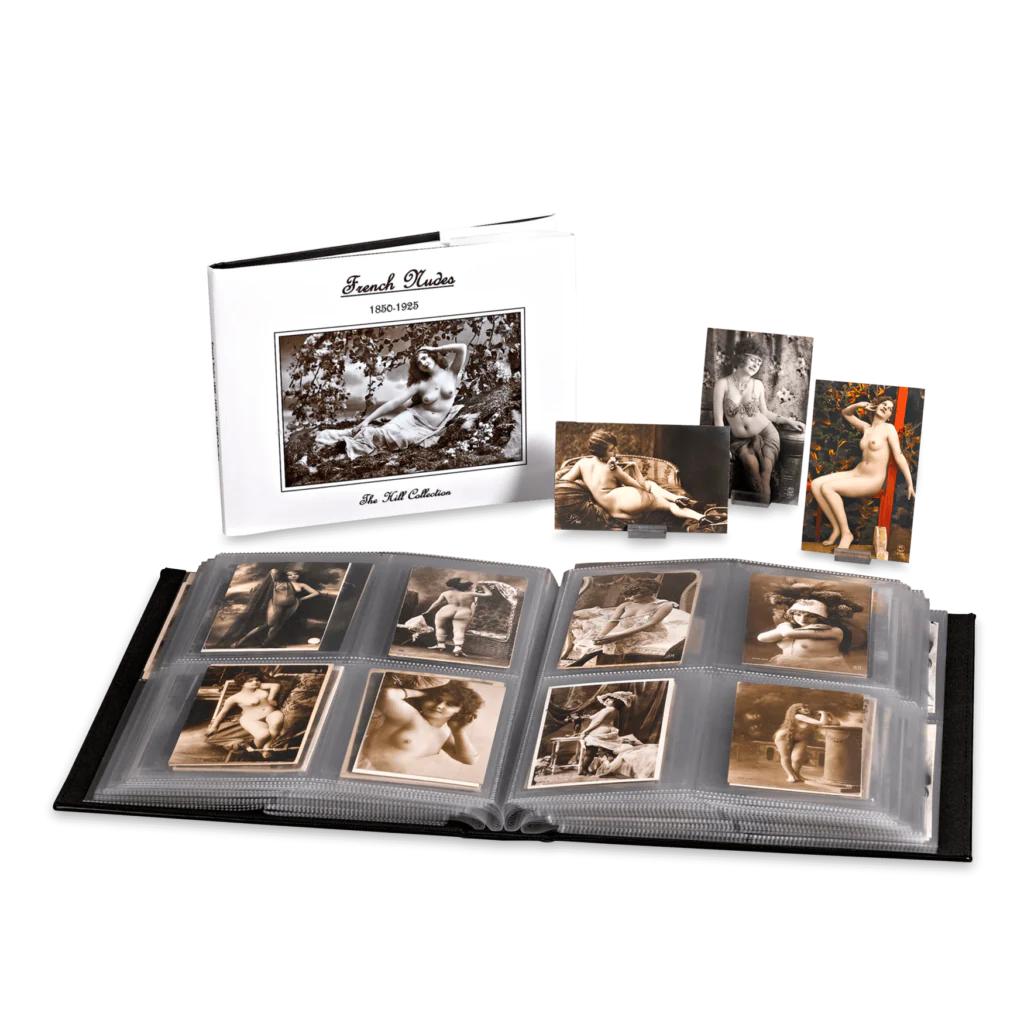
With the advent of photography and digital media, artists have found new avenues for exploring themes of sensuality, desire, and identity, pushing the boundaries of artistic expression and challenging societal norms.
Conclusion
The evolution of sensual art in Western civilization is a multifaceted journey that reflects the shifting attitudes, values, and ideologies of society.
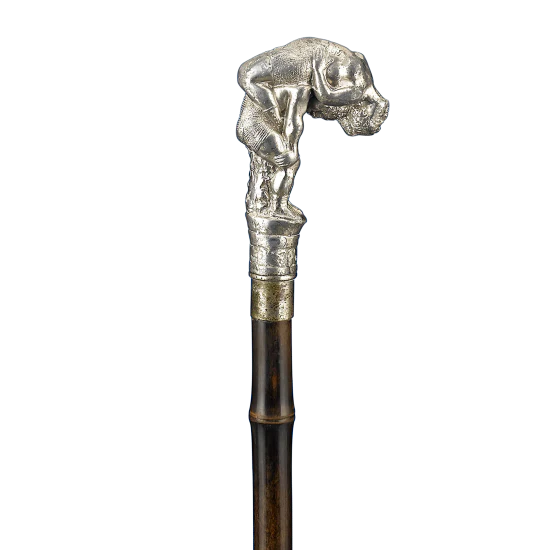
From the serene beauty of classical antiquity to the subversive provocations of the contemporary avant-garde, sensual art continues to captivate, challenge, and inspire audiences around the world, reminding us of the enduring power of human creativity and expression.
